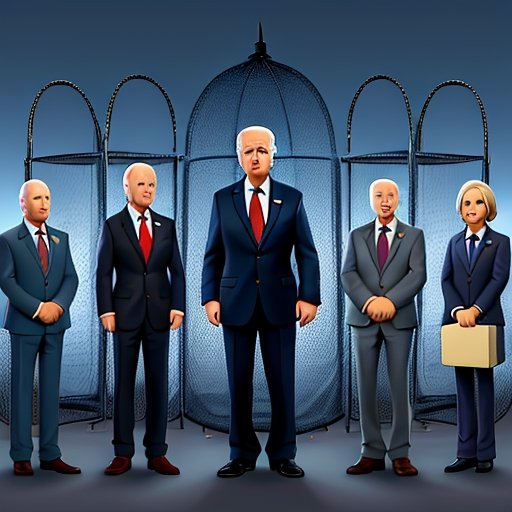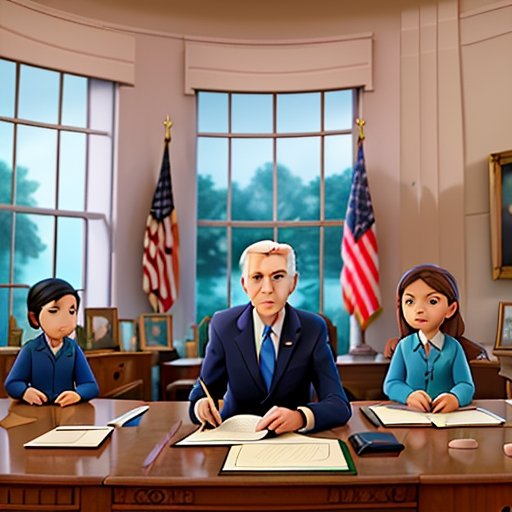In the Vice Presidential debate, JD Vance, the Republican vice-presidential candidate, took center stage with a performance that was nothing short of political excellence. Once a naysayer of Donald Trump, even describing him with some rather colorful language, Vance now clearly stands shoulder to shoulder with the man running for America’s top job once again.
Let’s break down what happened. JD Vance had to face a pretty big question from the CBS moderator: how did he go from calling Trump “America’s Hitler” to running on a ticket with him? That’s not the kind of change of heart you can just brush off, and everyone knew it was coming up in the debate.
When Vance was asked how he made such a huge turnaround, he didn’t shy away from it. He admitted that he used to disagree with Trump and even went further to say he was wrong about the president. What really stood out, though, was his explanation. Vance blamed the media, saying they fed him dishonest stories about Trump, which he initially believed. He said that after seeing what Trump actually accomplished during his presidency, his opinion changed.
Vance’s Endorsement of Trump’s Accomplishments
This moment was big for Vance because he didn’t just stop at saying “I was wrong.” He rolled out the red carpet for Trump’s administration accomplishments. From surging wages, boosting jobs, establishing a secure southern border, to energizing the economy — all points that resounded through the debate hall like a resonant church bell on a quiet Sunday morning.
These achievements, he asserted, made him reevaluate Trump’s ability to keep campaign promises — an ability worth noting when the realm of politics so often merges with fiction more than fact. Vance admitted he hadn’t thought Trump could pull these things off, but after seeing the results, he realized he’d underestimated him.
Republican Approval and Democratic Skepticism
Now, the audience’s reaction to Vance’s explanation was a rollercoaster, depending on who you ask. Republicans? They ate it up. Fox News had a feedback system running during the debate, and the numbers for Vance among Republicans shot up past 80%, even hitting over 90% at one point. It’s clear that a lot of conservative viewers loved hearing Vance come clean and praise Trump’s accomplishments.
But the reaction from Democrats? Not so great. Their approval of Vance’s explanation dropped fast—down to 40%, and at one point all the way to 20%. A lot of Democrats likely saw Vance’s reversal as disingenuous, maybe even opportunistic. To them, it’s probably hard to believe that someone who had been so openly critical of Trump could now be such a supporter. Funny, they don’t seem to have that reaction when Kamala back-tracks a position…
I am always amazed how people with opposing viewpoints can watch the same conversation and walk away with completely different interpretations.
Acknowledging Administration Missteps
What Vance did next was interesting. He didn’t just paint Trump’s first term as perfect. He actually admitted that there were mistakes during Trump’s presidency, which likely made him seem more honest. But—and this is classic politics—Vance shifted the blame for those mistakes away from Trump and placed it on Congress. According to Vance, Trump was trying to get things done, but Congress stood in the way.
This move was smart because it allowed Vance to show that he’s not just blindly defending Trump but also acknowledging where things could have been better. At the same time, he made sure to protect Trump from full responsibility for any shortcomings. For a lot of Republican viewers, this likely strengthened their trust in Vance.
Risks and Rewards of Vance’s Approach
But we’ve seen this kind of political shift play out before. Take Ronald Reagan, for example. Early in his career, Reagan was a Democrat, a supporter of Franklin D. Roosevelt’s New Deal policies, and even the president of a Hollywood union. But as time went on, Reagan’s views shifted dramatically. He became a strong conservative, advocating for smaller government, free-market capitalism, and a tough stance on communism.
When Reagan made his switch to the Republican Party in the 1960s, critics accused him of being politically opportunistic, especially since he was positioning himself for a future in politics. But for many Republicans, Reagan’s shift wasn’t seen as a weakness—it was a sign of growth and alignment with what he believed was best for the nation. Conservatives valued Reagan’s transformation, seeing it as a thoughtful response to the changing political and economic landscape. And ultimately, Reagan went on to become one of the most influential conservative leaders in American history, proving that a bold political realignment can resonate deeply with voters when it’s framed as a genuine evolution of thought rather than simple expediency.
So, like Reagan, Vance’s shift may raise eyebrows, but when framed right, it will be seen as a positive evolution, a sign that he’s willing to adapt for the sake of what he believes will lead to American prosperity.
Implications for the 2024 Election
As the 2024 election cycle gains momentum, Vance’s public change of heart and his confident defense of his current convictions will remain a pivotal moment. Will his appeal to sincerity and respect for a proven economic strategy outshine previous misgivings? To be seen is if the American electorate values evolutionary clarity or unyielding consistency more. But one thing’s for sure — Vance is securing his place in history, tied to a leader who made America buzz with historic lows in unemployment and who reinforced the belief in American strength and sovereignty.
So, Vance moves forward, equipped with a narrative of growth — a powerful ally in political storytelling. In a field often clouded by skepticism and spin, his latest adventure might just be the beginning of a new chapter in Republican leadership.
Is it too soon to start printing VANCE 2028 posters?






